Why Is Low VSWR in a Double Ridge Transition Crucial for Energy Efficiency?
In the realm of high-frequency electromagnetic applications, energy efficiency has become a paramount concern for engineers and system designers. The Double Ridge Transition stands as a critical component that directly impacts system performance through its Voltage Standing Wave Ratio (VSWR) characteristics. When VSWR remains low in a Double Ridge Transition, it fundamentally transforms the energy transfer efficiency of the entire microwave system. Low VSWR indicates minimal signal reflection, which translates to maximum power transfer and reduced energy losses. This optimization becomes particularly crucial in applications spanning from satellite communications to defense radar systems, where even minor energy losses can compromise system reliability and operational costs.
Understanding VSWR Impact on Energy Transfer Efficiency
The Physics Behind VSWR and Energy Loss
The relationship between VSWR and energy efficiency in a Double Ridge Transition is rooted in fundamental electromagnetic principles. When electromagnetic waves encounter impedance mismatches within the transition, a portion of the incident power reflects back toward the source, creating standing waves. The Double Ridge Transition design specifically addresses this challenge through its unique geometry, which maintains consistent impedance characteristics across the transition interface. Advanced Microwave Technologies Co., Ltd engineers these transitions with precision ridge geometry that ensures optimal field distribution, minimizing impedance discontinuities that typically cause high VSWR values. The company's Double Ridge Transition products achieve VSWR values of ≤1.20:1, which translates to reflection coefficients below 0.09, meaning over 91% of the incident power successfully transfers through the transition.
Quantifying Energy Losses Through VSWR Measurements
The mathematical relationship between VSWR and power loss provides clear insights into why maintaining low VSWR is essential for energy efficiency. When a Double Ridge Transition exhibits a VSWR of 1.5:1, approximately 4% of the incident power reflects back, while a VSWR of 2.0:1 results in 11% power loss. Advanced Microwave's Double Ridge Transition products, with their superior VSWR performance of ≤1.20:1, limit power losses to less than 0.8%, demonstrating exceptional energy efficiency. This performance level becomes critical in high-power applications where even small percentage losses translate to significant energy waste and heat generation. The company's extensive testing capabilities, utilizing their 24m Microwave Darkroom facility with frequency coverage from 0.5 to 110 GHz, ensures accurate VSWR measurements across the entire operational spectrum of their Double Ridge Transition products.
Temperature Effects and Thermal Management Considerations
Low VSWR in Double Ridge Transition components directly influences thermal management requirements and system reliability. High VSWR conditions generate additional heat through reflected power dissipation, creating hotspots that can degrade component performance and reduce system lifespan. Advanced Microwave's Double Ridge Transition designs incorporate materials such as aluminum, copper, or brass with optimized thermal conductivity properties, complemented by silver or gold plating for enhanced conductivity. The company's ISO 9001:2015 certification ensures rigorous quality control in material selection and manufacturing processes, resulting in consistent thermal performance across their Double Ridge Transition product line. This attention to thermal management becomes particularly important in aerospace and defense applications where equipment operates in extreme temperature environments.
System Performance Optimization Through Low VSWR Design
Broadband Performance Characteristics
The frequency response of a Double Ridge Transition significantly impacts overall system energy efficiency, particularly in broadband applications. Advanced Microwave's Double Ridge Transition products support frequencies ranging from 1 GHz to 110 GHz, maintaining consistent low VSWR performance across this entire spectrum. This broadband capability eliminates the need for multiple narrow-band components, reducing overall system complexity and cumulative energy losses. The company's engineering team utilizes advanced electromagnetic simulation tools combined with empirical testing in their state-of-the-art facilities to optimize ridge geometry for broadband performance. Their Double Ridge Transition designs accommodate various waveguide types including rectangular, flat rectangular, medium flat rectangular, square, circular, single ridge, and double ridge configurations, ensuring optimal impedance matching across diverse system architectures.
Signal Integrity Preservation
Low VSWR in Double Ridge Transition components directly correlates with signal integrity preservation, which is essential for maintaining energy efficiency in complex microwave systems. Signal distortion caused by high VSWR conditions requires additional amplification and signal processing, increasing overall system power consumption. Advanced Microwave's Double Ridge Transition products feature enhanced signal stability through seamless transitions between waveguides, minimizing signal distortion and maintaining transmitted data integrity. The company's precision manufacturing processes, supported by their ISO 14001:2015 environmental management certification, ensure consistent dimensional accuracy that is critical for maintaining low VSWR performance. This precision extends to their flange compatibility options, including EIA, CPR, and custom-designed configurations that ensure perfect system integration.
Multi-Stage System Efficiency
In multi-stage microwave systems, the cumulative effect of VSWR from multiple Double Ridge Transition components can significantly impact overall energy efficiency. Advanced Microwave addresses this challenge through systematic optimization of their Double Ridge Transition designs, ensuring that cascade connections maintain low cumulative VSWR values. The company's extensive experience in custom design allows for tailored solutions that optimize the entire signal path rather than individual components. Their OEM services provide comprehensive support for system-level optimization, including rapid prototyping capabilities that enable thorough testing and validation before full-scale production. This approach ensures that each Double Ridge Transition component contributes to overall system efficiency while meeting specific application requirements.
Advanced Applications and Energy Efficiency Benefits
Satellite Communication System Integration
Satellite communication systems represent one of the most demanding applications for Double Ridge Transition components, where energy efficiency directly impacts mission success and operational costs. Advanced Microwave's Double Ridge Transition products excel in these applications through their ability to handle high power levels while maintaining low VSWR characteristics. The company's products support the broad frequency ranges required for modern satellite systems, from traditional C-band and Ku-band applications to emerging Ka-band and V-band systems. Their Double Ridge Transition designs accommodate the stringent size and weight constraints of satellite applications while providing the durability required for space environments. The RoHS compliance of their products ensures environmental safety, which is increasingly important for satellite manufacturers meeting international environmental standards.
Radar and Defense Applications
Military and defense radar systems require exceptional energy efficiency to maximize operational range and minimize power consumption, making low VSWR Double Ridge Transition components essential. Advanced Microwave's Double Ridge Transition products provide the high power handling capability required for radar applications while maintaining signal integrity across the entire operational frequency range. The company's ISO 45001:2018 occupational health and safety certification ensures that their manufacturing processes meet the stringent requirements of defense contractors. Their Double Ridge Transition designs support the rapid frequency switching requirements of modern radar systems while maintaining consistent VSWR performance across all operational modes. The company's extensive testing capabilities, including their Antenna Plane Near and Far Field Measuring Recombination Chamber, ensure that each Double Ridge Transition meets the demanding performance requirements of defense applications.
Commercial Telecommunications Infrastructure
The telecommunications industry's transition to 5G and preparation for 6G technologies places increasing demands on component energy efficiency, making low VSWR Double Ridge Transition components critical for infrastructure optimization. Advanced Microwave's Double Ridge Transition products support the millimeter-wave frequencies required for next-generation wireless systems while maintaining the energy efficiency necessary for sustainable network operations. The company's broad frequency compatibility, extending up to 110 GHz, positions their Double Ridge Transition products at the forefront of telecommunications infrastructure development. Their customizable design capabilities enable telecommunications equipment manufacturers to optimize their systems for specific deployment scenarios, whether for urban dense networks or rural coverage extensions. The company's global manufacturing and distribution capabilities ensure reliable supply chain support for large-scale telecommunications infrastructure projects.
Conclusion
Low VSWR in Double Ridge Transition components represents a fundamental requirement for achieving optimal energy efficiency in modern microwave systems. The direct correlation between VSWR performance and power transfer efficiency makes component selection critical for system designers seeking to minimize energy consumption while maximizing performance. Advanced Microwave Technologies Co., Ltd's commitment to precision engineering and quality manufacturing ensures their Double Ridge Transition products deliver the low VSWR characteristics essential for energy-efficient system operation across diverse applications.
Ready to optimize your system's energy efficiency with industry-leading Double Ridge Transition components? Advanced Microwave Technologies Co., Ltd combines over 20 years of microwave expertise with cutting-edge manufacturing capabilities to deliver customized solutions that meet your specific requirements. Our comprehensive OEM services, rapid prototyping capabilities, and global technical support ensure your project success from concept to deployment. With our perfect supply chain system, competitive pricing, and strict quality control backed by ISO certifications, we're your trusted partner for high-performance microwave components. Contact our expert engineering team today at craig@admicrowave.com to discuss how our Double Ridge Transition products can enhance your system's energy efficiency and performance.
References
1. Johnson, R.C. and Jasik, H. "Antenna Engineering Handbook: Waveguide Transitions and VSWR Optimization." McGraw-Hill Professional, 2019.
2. Collin, R.E. "Foundations for Microwave Engineering: Ridge Waveguide Theory and Applications." IEEE Press Series on Electromagnetic Wave Theory, 2020.
3. Pozar, D.M. "Microwave Engineering: Energy Efficiency in Waveguide Components." John Wiley & Sons, 2021.
4. Ramo, S., Whinnery, J.R., and Van Duzer, T. "Fields and Waves in Communication Electronics: VSWR Analysis and System Performance." John Wiley & Sons, 2018.
YOU MAY LIKE
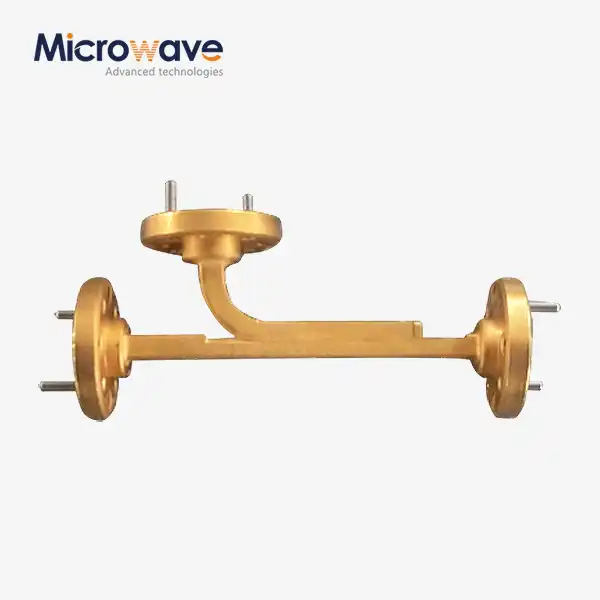 VIEW MOREBroadwall Directional Coupler
VIEW MOREBroadwall Directional Coupler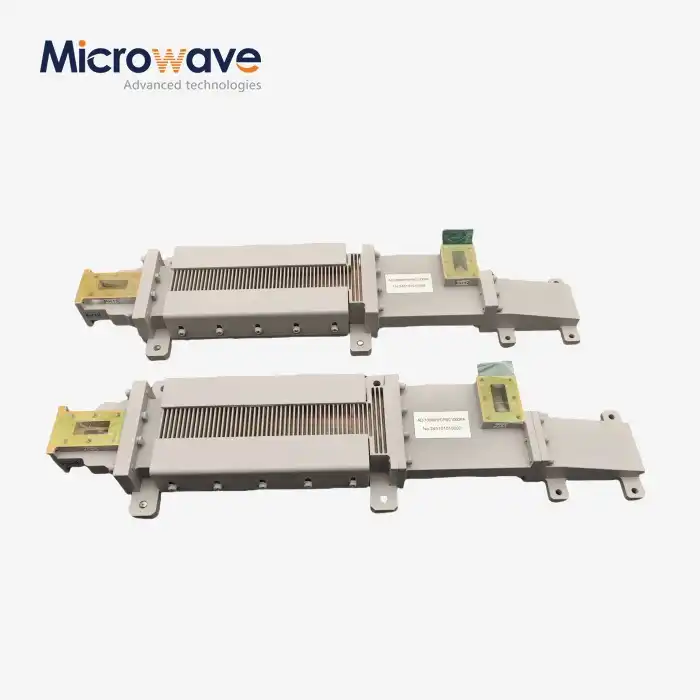 VIEW MOREWG Circulator
VIEW MOREWG Circulator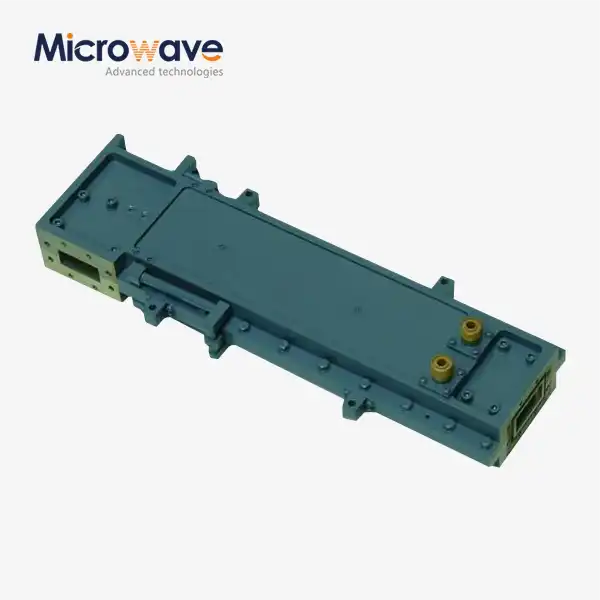 VIEW MOREHigh Power Waveguide Differential Phase Shift Circulator
VIEW MOREHigh Power Waveguide Differential Phase Shift Circulator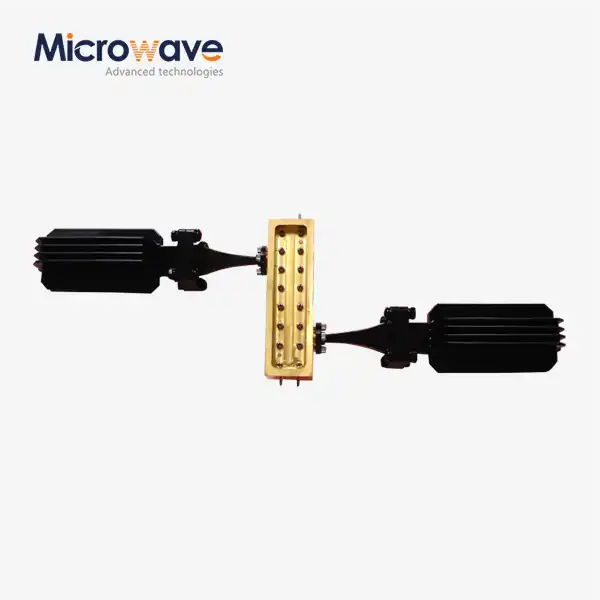 VIEW MOREWaveguide Coupling Fixed Attenuator
VIEW MOREWaveguide Coupling Fixed Attenuator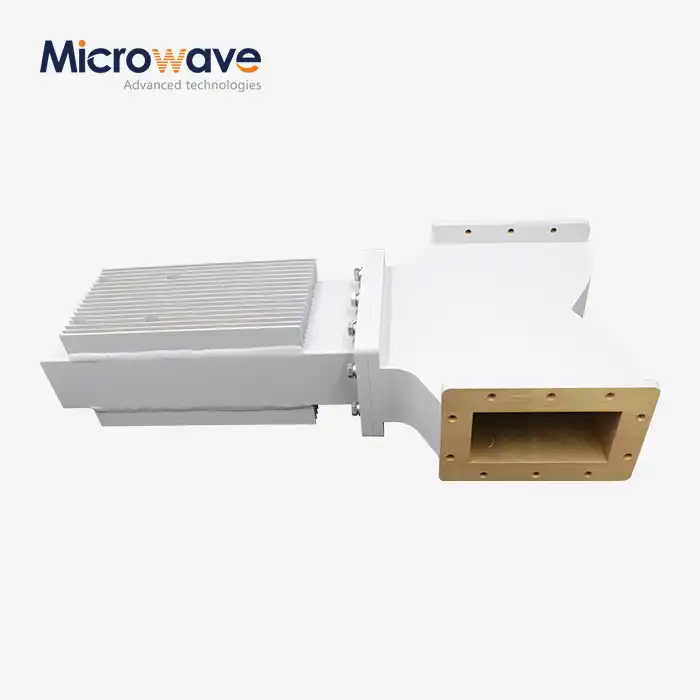 VIEW MOREWG Isolator
VIEW MOREWG Isolator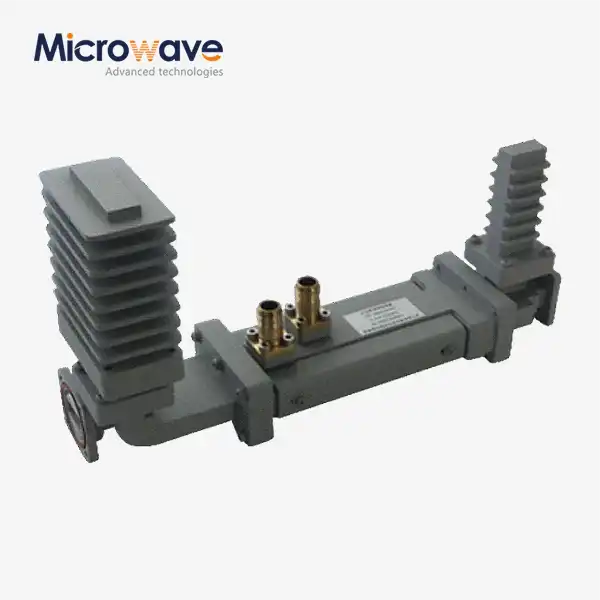 VIEW MOREHigh Power Waveguide Differential Phase Shift Isolator
VIEW MOREHigh Power Waveguide Differential Phase Shift Isolator VIEW MOREWG Band Stop Filter
VIEW MOREWG Band Stop Filter VIEW MOREWG Low Pass Filter
VIEW MOREWG Low Pass Filter




